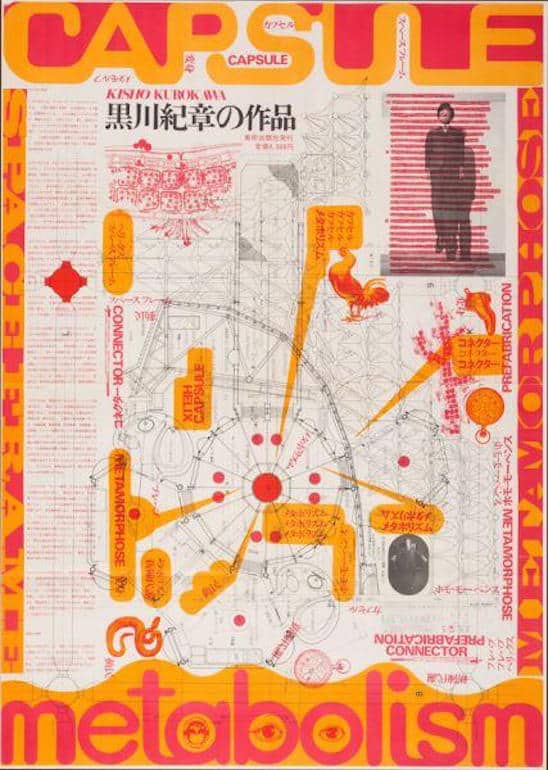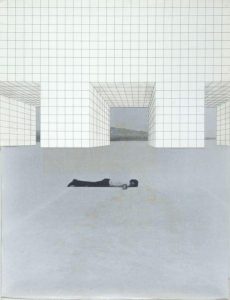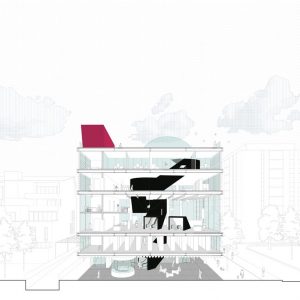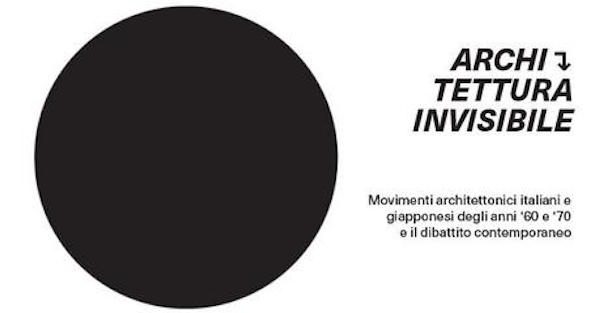1960s’ and 1970s’ Italian and Japanese architecture movements
Redefining the future of society through technology, contemplating new ways to inhabit the planet, and obtaining control over the environment at every stage of design. These were some of the ideas that inspired architects from the Japanese Metabolism and Italian Radicalism movements in the 60s and 70s. Their architectural experiments, which started contemporary, avant-garde movements, are now the focus of “Invisible Architecture,” at the Museo Carlo Bilotti (Villa Borghese). Available from January 19th – March 26th, the exhibit highlights similarities and differences between the parallel architectural experiences in celebration of the 150th anniversary of Japanese and Italian relations.

The first part of the exhibit compares the two movements, and the second part portrays work by a group of contemporary architects who examine the same three themes 50 years later– technology, environment, and habitation. These architects have developed the architectural techniques to reflect a more modern, digital world, which has been influenced by economic reflows, unlike the developing world in the 1960s. Some of the featured artists are (Arata Isozaki, Archizoom, Kiyonori Kikutake, Kisho Kurokawa, Fumihiko Maki, Otaka Masato, Superstudio, Kenzo Tange, UFO; and 2A+P/A, AlphavilleArchitects, DAP Studio, Sou Fujimoto, IAN+, Yamazaki Kentaro, Yuko Nagayama, O+H Architects, OFL Architecture, Orizzontale, Studio Wok, Tipi Studio)


The exhibit is curated by a young scholar from the London Metropolitan University, whose comparative research on the subject led to the project’s conception. A wide range of architectural researchers who have studied the two movements will also be presenting their work, led by an introduction of the social, artistic, cultural, and political conditions that gave rise to the work.
January 19 – March 26 2017
Museo Carlo Bilotti
Viale Fiorello la Guardia, 6 (Villa Borghese)
Entry fee: Free Entrance
Tuesday – Friday: 10am – 4pm (last admission: 3.30pm)
Saturday and Sunday: 10am – 7pm (last admission: 16.30pm)
(Closed on Mondays)
Museocarlobilotti.it




